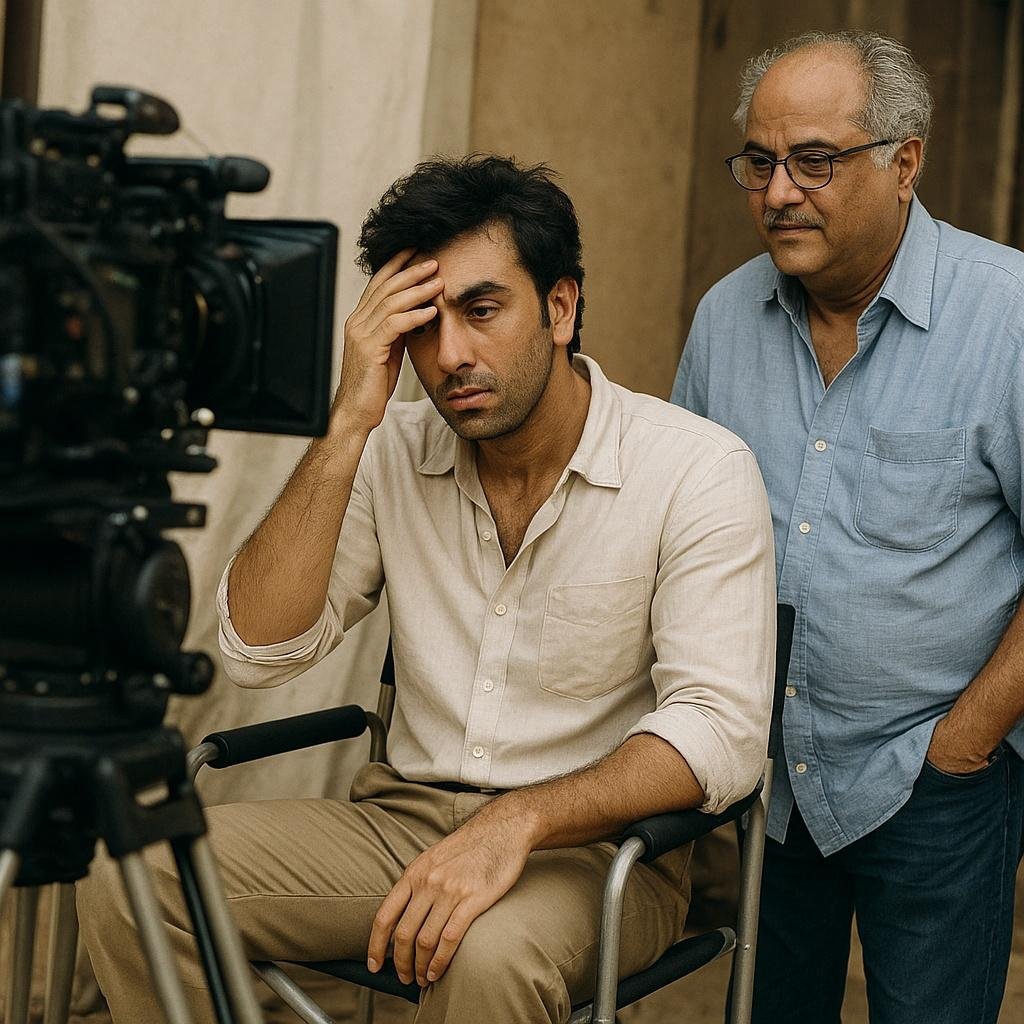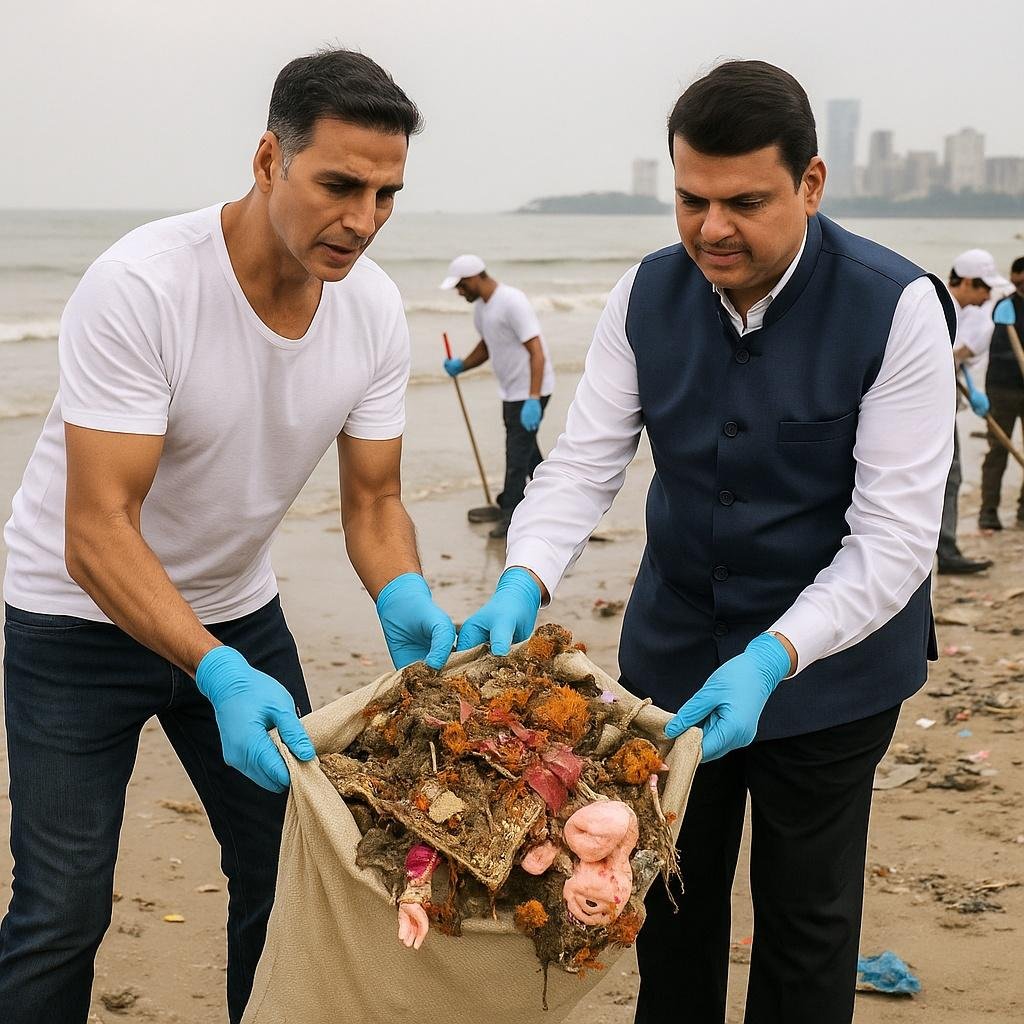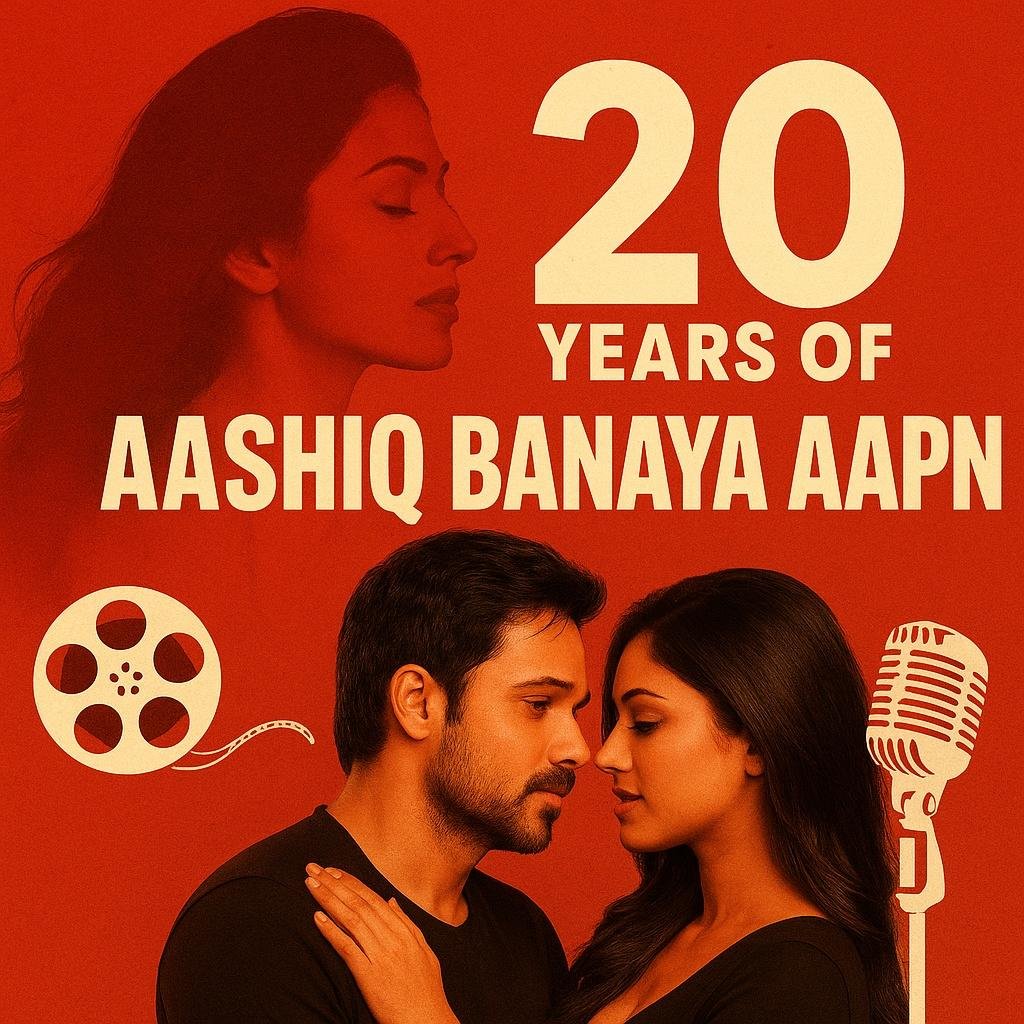Introduction
Every now and then, a behind the scenes story cuts through the noise and tells you something real about how films actually get made. Filmmaker Boney Kapoor recently shared one such story from the making of his debut acting project, Tu Jhoothi Main Makkaar. He revealed that Ranbir Kapoor delivered fifty two retakes for a demanding sequence and never once complained.
The team was shooting in Delhi during peak summer, which meant a gruelling switch to night timings to beat the heat. As Boney put it, “Ranbir Kapoor is one actor I never saw cribbing on the set. We shot for 16 hours at a stretch. To avoid the heat, we switched the schedule to shoot at night, from 9 PM to 6 AM. He didn’t complain even for a second.” He summed up the experience with a simple line that says a lot about work ethics in cinema: “He was a pleasure on the set.”
This account is not just praise for a star. It is an invitation to look closely at what fifty two retakes actually mean, why they happen, and how a film set demands patience, precision, and respect from everyone involved. Below is a grounded, insider style explainer that uses Boney Kapoor’s recollection as a window into the realities of filmmaking.
A Night In Delhi: What Fifty Two Retakes Really Mean
Retakes are not just about the actor
To an outsider, the word retake can sound like failure. Inside a film unit, it often signals problem solving. A retake can be triggered by a host of moving parts that have to click at the same time:
- A plane crosses the sky and ruins clean sound.
- A focus pull is off by an inch on a moving shot.
- A prop lands a fraction late and breaks the rhythm of a gag.
- A light flickers or a reflection shows up in glass.
- An extra misses their eyeline or mark, shifting the frame balance.
In short, many retakes are about alignment. They are about the camera team, sound department, art department, actors, and assistant directors finding the same beat at the same moment. When you hear that a team went to fifty two, it is not automatically a measure of an actor’s struggle. It is often a sign that everyone was chasing a very specific result.
The Delhi summer factor
Boney’s memory places the schedule in a Delhi summer. That single detail adds layers. Heat creates issues for makeup, costume, and camera sensors. It drains energy. It complicates crowd control and continuity because sweat patterns change between takes. Shifting to nights from 9 PM to 6 AM helps temperature, but it flips the crew’s body clocks. The team’s stamina is now measured against circadian fatigue. Under such conditions, fifty two retakes require discipline from everyone.
Professionalism Under Pressure: Ranbir Kapoor’s Working Style
Patience as a performance tool
Boney Kapoor’s line about not seeing Ranbir “cribbing” is not a throwaway compliment. Morale is a real force on a set. If the lead stays calm, the unit stays focused. Patience is not passive. It is an active skill that lets an actor keep the freshness of a moment even on the twentieth or fortieth repetition.
Comedy and romance, the core tones of Tu Jhoothi Main Makkaar, depend on micro timing. A half beat pause can transform a punchline. An eye movement can soften a sharp line and keep a character likable. Holding that finesse through long nights takes practice.
Respect that travels down the chain
Sets are hierarchies that run on mutual trust. When the star is courteous with junior assistants, spot boys, camera trainees, and lighting crews, that respect travels down the chain. It translates into faster resets, cleaner communication, and fewer avoidable retakes. Boney’s “pleasure on the set” comment is a quiet affirmation of this culture: respect is not cosmetic. It is operational.
Boney Kapoor On Both Sides Of The Camera
A producer’s eye in an actor’s chair
Boney Kapoor has spent decades managing the pressure points that make films possible. Time is money on a set. Every retake carries a cost. That is why praise from a veteran who knows what delays mean is not casual. It recognizes that Ranbir’s steadiness helped protect the day’s schedule even when the count ticked high. For Boney, stepping in front of the camera came with a producer’s awareness of the broader machine. His observation is less about flattery and more about the comfort of working with a lead who keeps the machine smooth.
What “fifty two” signals to a professional
To a seasoned crew member, hearing that a team ran to fifty two does not prompt judgement. It prompts curiosity. Was it a technically intricate shot with moving focus and complex blocking. Was the director collecting alternate readings to protect the edit. Was there crowd energy outside frame that rose and fell with the night. Professionals frame the number as data. They ask what the scene demanded and how the team chose to meet that demand.
Why Directors Ask For One More Take
Coverage and creative insurance
Editors build sequences from options. Coverage gives them those options. A director may want a faster version, a softer version, one with a step forward on the key word, one with a delayed glance, one with a tighter overlap between lines. Each tweak is a future path in the edit. In a film built on rapid fire repartee, these options matter. They allow the final cut to shape pace with precision.
Continuity and rhythm
Continuity is more than matching a glass level or a collar fold. It includes emotional continuity. If a previous scene took the character to a certain pitch, the next scene must meet that pitch. A retake can correct a subtle mismatch in temperature. Rhythm is similar. A handheld move may feel a touch floaty on one pass and satisfyingly taut on the next. Retakes search for that click where picture, sound, and performance create the intended pulse.
Night Shoots: The Invisible Marathon
Logistics that test a team
Night shoots look romantic on screen. In practice, they are logistics puzzles. Permissions lock the window. Generators must be quiet yet stable. Mosquitoes arrive as uninvited extras. Snacks replace full meals because heavy food at 2 AM slows reflexes. Background action must be reblocked when late night traffic changes. The crew battles body chemistry and environmental noise while keeping creative choices sharp. A calm lead becomes the anchor that steadies the group through the hours that feel longest.
Health, safety, and pace
Good units account for hydration, cooling, and short reset breaks. Assistant directors track the clock and rotate background players to avoid fatigue errors. Camera teams check lens fogging between takes. Makeup keeps a careful eye on sweat sheen. Each of these steps can add small delays that push the retake count higher. The trade is intentional: safety and quality over rushing.
The Demands Of Tu Jhoothi Main Makkaar
Tone that needs exact timing
Romantic comedies live or die on timing. A joke that lands half a second early feels forced. A romantic beat that lingers a second too long feels heavy. Luv Ranjan’s style often favors dialogue density, quick reversals, and layered reactions in the same frame. That kind of staging is a conductor’s task. Everyone needs to hit their marks in relation to everyone else. Fifty two retakes in such a context is less a red flag and more a record of deliberate refinement.
Ensemble complexity
Scenes with parents, friends, and extended family spike complexity. Each person’s reaction must serve the main gag but also stay believable for their character. Extras in the deep background cannot pull focus, yet they cannot freeze. Choreographing these elements can take multiple attempts, especially when a single cough or chair scrape can ruin otherwise perfect timing. The best teams protect performance energy while they iron out these kinks. Patience becomes the glue.
What Aspiring Actors And Filmmakers Can Learn
Treat retakes as a tool, not a verdict
Retakes are chances to iterate. The actor can try a sharper emphasis on a verb, adjust breath before a key line, or shift posture to open the face to camera. The director can gather variants to build flex in the edit. The crew can refine the move to remove noise and keep the frame clean. Seen this way, fifty two is not a number to fear. It is a measure of how seriously the team tested the scene.
Build a work ethic that outlasts the clock
Sixteen hour days are not a badge to glorify, but they are a reality on many shoots. Hydrate. Warm up before call time. Protect your voice if you have heavy dialogue. Learn to rest between resets. Respect every department’s task so coordination gets easier. These basics sound simple. They decide whether energy dips at 3 AM or whether the unit finds a second wind.
Keep the set human
Boney Kapoor’s praise for Ranbir’s attitude contains a principle that scales. Courtesy shortens distance between departments. A thank you to a boom operator after a tough pass is not small talk. It is culture building. Films are made by people who give a piece of themselves to a day’s work. When the lead honors that, it shows up on screen.
Conclusion
Boney Kapoor’s memory of fifty two retakes and a silent, steady Ranbir Kapoor is not gossip. It is a compact lesson in how films get built: minute by minute, take by take, with hundreds of micro decisions aligning for a scene to click. Delhi’s heat forced the team into long nights. Technical variables and tonal precision demanded repeated attempts. Through it all, the lead actor stayed patient, respectful, and present. That is why Boney could say without qualifiers that Ranbir “was a pleasure on the set.”
If you love cinema, hold on to what this story reveals. Craft is not a single lightning strike. It is repetition with intent. It is a team trusting the process until performance, camera, and sound land on the same heartbeat. Sometimes that happens on take three. Sometimes it happens on take fifty two. What matters is that when the camera rolls, the people in front of it and behind it are willing to go again with the same care. That is how moments worth watching are made.







